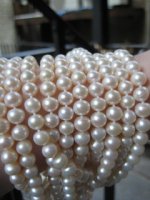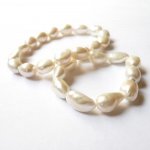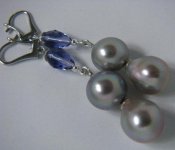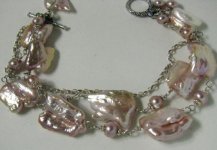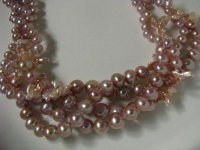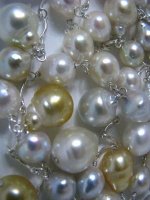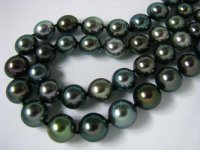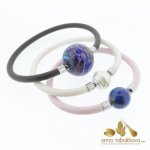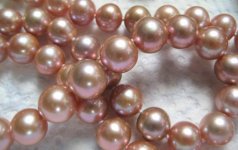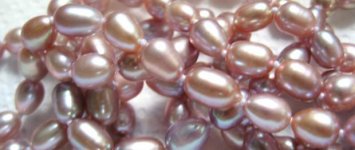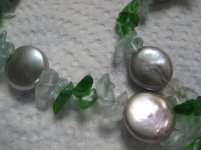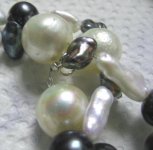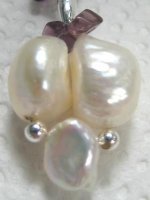Anna,
The photo looks very realistic to me. I can see the texture of the pearls, variation in color, over all creamy appearance. I completely agree, getting them to look like they really are is so difficult. I do use a light box, because we have so many gray and rainy days here. My large living room corner windows that face north and east, bring out the glow in the pearls, but grids in the windows cast a shadow, so I cannot photograph there.
This is the set up I use, atop storage shelves, so I can stand when taking photos. And leave it set up all the time, which is key for me.
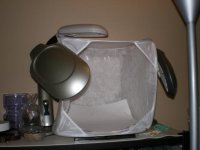
There is another adjustable arm on the pole lamp you see on the right These are supposed to be "true color" fluorescent bulbs. Currently I am using poster paper or handmade paper in white for background, always looking for something better. I can adjust the lights for best diffusion.
Almost always there are hanks and strands of pearls laying around in my living room, primarily freshwaters, draped over chairs, atop the tables, on the foot stool, and they show off their changeable colors at different times of the day, surprising even me.
I do crop a few of my photos now, but don't photoshop. My camera is a small Pentax 7.0megapixels pocket size I can hold in one hand and snap. It has 2 macro settings, which I use all the time. Probably due for a new camera one of these days!
Thanks to Everyone for sharing!

